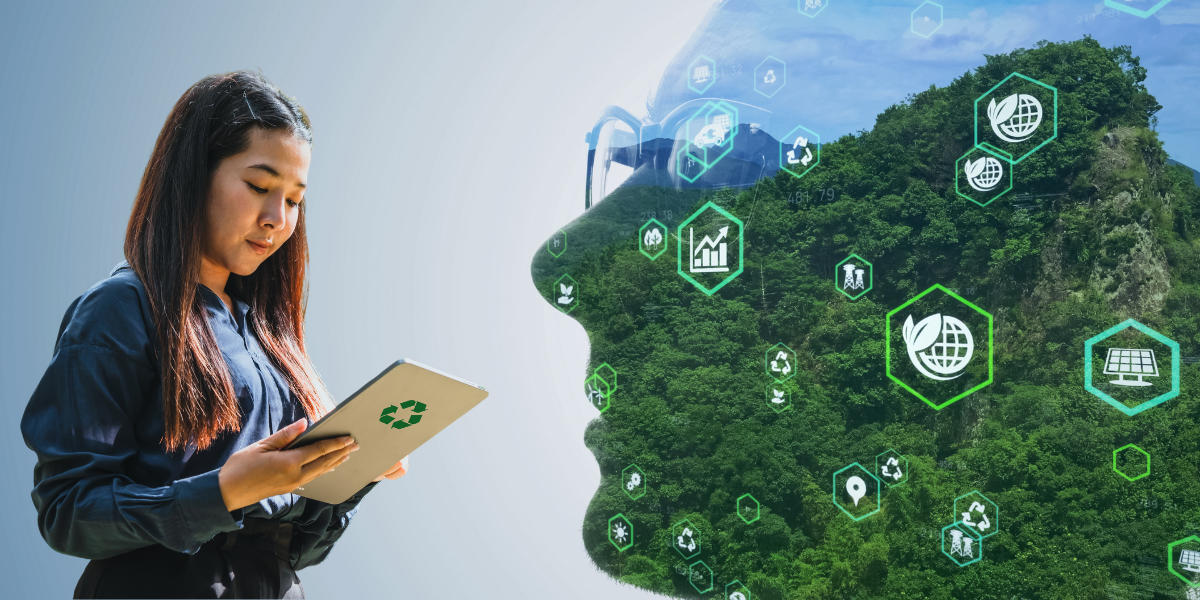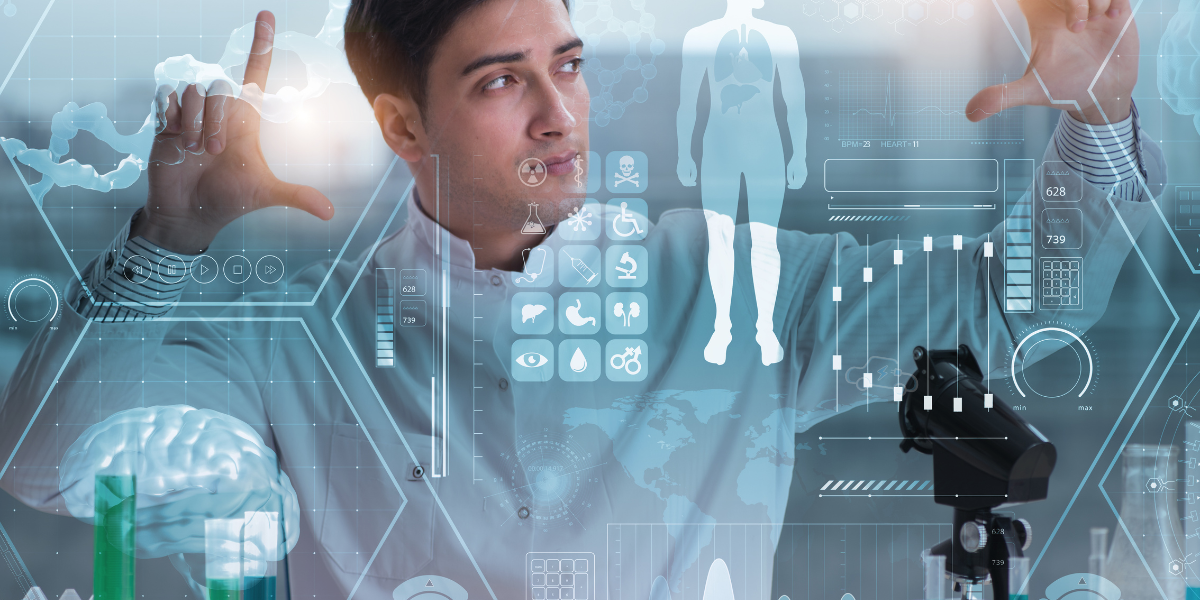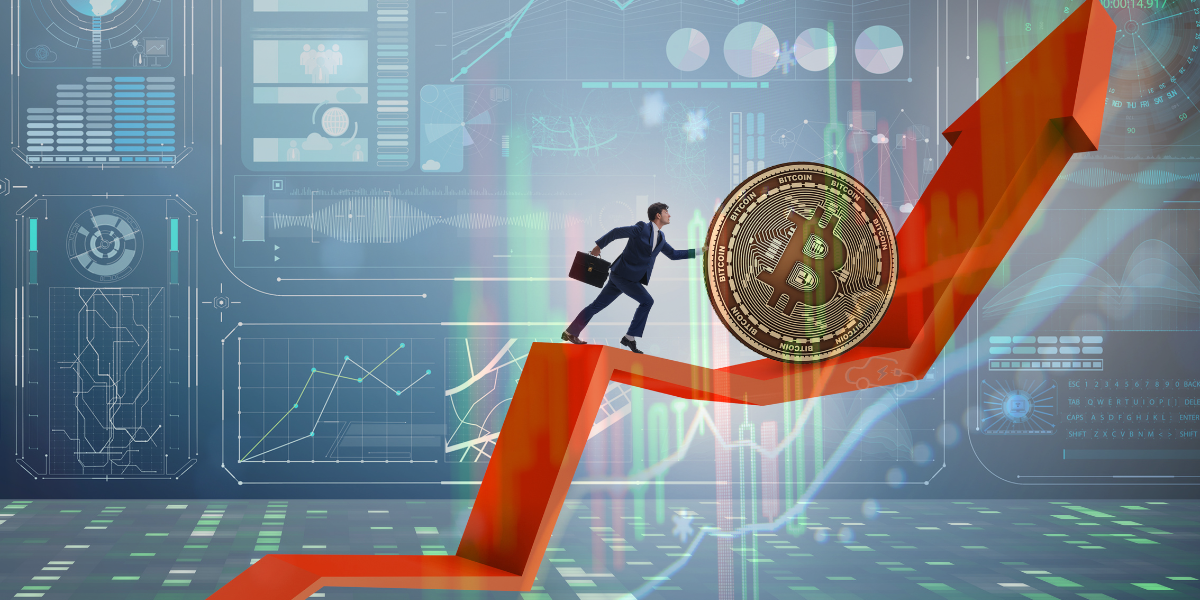As we dive into 2025, the world is abuzz with innovations, evolving markets, and societal shifts that promise to shape the year. From breakthroughs in artificial intelligence to fresh trends in consumer behavior, this year brings new dynamics that are already making waves across industries. In this article, we’ll explore the top 10 trends of January 2025, offering insights into the changes you need to be aware of.
1. The Rise of Artificial Intelligence and Automation

Artificial Intelligence (AI) continues to be at the forefront of technological evolution.
AI isn’t just a buzzword anymore; it’s shaping how businesses operate and individuals live. From smarter chatbots to AI-powered decision-making tools, AI is enhancing efficiency in sectors like healthcare, finance, and education. In January 2025, AI-driven automation is expected to become even more integrated into everyday life, optimizing everything from supply chains to customer service.
Example:
- ChatGPT and similar AI language models are revolutionizing customer service, with businesses using them to provide instant and personalized responses to customers.
- AI in Healthcare: AI algorithms are already being used to detect early signs of diseases like cancer in medical imaging, helping doctors make quicker, more accurate diagnoses.
What to Expect in 2025:
- AI will power personalized shopping experiences, as seen with AI tools like Amazon’s recommendation engine.
- Automation will replace mundane tasks in warehouses, as exemplified by Amazon’s Kiva robots.
- Increased use of AI for data analytics in industries like finance and marketing, leading to more informed decision-making.
2. The Green Revolution: Sustainability in Business

Businesses are increasingly adopting sustainable practices.
Sustainability isn’t just a trend; it’s becoming a core principle for companies. January 2025 marks a surge in eco-friendly initiatives, as more businesses focus on reducing their carbon footprint and developing green technologies. Expect to see more electric vehicles (EVs) on the roads, renewable energy initiatives in corporate strategies, and eco-conscious products flooding the market.
Example:
- Tesla has been a leader in EV production, and its expansion is further supported by governments offering incentives for electric car purchases.
- Patagonia, an outdoor clothing brand, has pioneered sustainable practices by using recycled materials in their products and committing to fair labor practices.
What to Expect in 2025:
- A rise in sustainable packaging and recycling initiatives, as seen with Unilever’s efforts to reduce plastic waste in its packaging.
- Widespread adoption of renewable energy in both residential and corporate sectors, such as Google’s renewable energy usage for all its global data centers.
- Companies like Apple will continue to lead in efforts to disclose their carbon impact, influencing consumer choices.
3. Digital Wellness: A New Approach to Mental Health

The digital age brings a new focus on mental health and well-being.
With the increase in screen time and digital consumption, mental health concerns are on the rise. Digital wellness is becoming a focal point, with apps and tools designed to reduce screen time, promote mindfulness, and encourage healthier online habits. As we move through January 2025, expect a rise in platforms promoting mental well-being in conjunction with productivity tools.
Example:
- Headspace and Calm have revolutionized the way people manage stress through guided meditation, improving mental wellness through accessible mobile apps.
- Forest is an app that helps users focus by rewarding them for staying off their phones, promoting healthier screen time habits.
What to Expect in 2025:
- More companies offering wellness programs for employees, such as Salesforce’s wellness initiatives.
- Apps and tools focused on mental health tracking, like Woebot, which uses AI to provide therapy-like conversations.
- Collaboration between tech companies like Apple and mental health professionals to create stress-relief tools integrated into devices like the Apple Watch.
4. Social Media Evolution: A Shift Toward Authenticity

Consumers are gravitating towards more authentic, transparent online experiences.
Social media is undergoing a shift. In 2025, there’s a noticeable movement toward authenticity, with consumers seeking real stories and genuine experiences rather than curated perfection. Influencers are becoming more transparent about their partnerships and sponsored content. Platforms are prioritizing organic, unscripted content to connect better with audiences.
Example:
- Instagram has seen a rise in “Stories” and “Reels” where influencers and brands show unpolished, behind-the-scenes content.
- TikTok continues to thrive on raw, unfiltered content, allowing creators to showcase their everyday lives in an authentic way.
What to Expect in 2025:
- A rise in “behind-the-scenes” content, showcasing real lives and real struggles, as demonstrated by YouTube vloggers sharing their daily experiences.
- Increased demand for authenticity in influencer marketing, with brands opting for micro-influencers who have smaller but more engaged followings.
- New social platforms prioritizing niche communities, such as Discord, offering spaces for people with shared interests to connect more intimately.
5. The Remote Work Revolution: Hybrid Workforces and Digital Nomads

The remote work trend is continuing to grow, with more people embracing flexibility.
The COVID-19 pandemic changed the way we think about work. Fast forward to January 2025, and hybrid work models are becoming the norm across many industries. Workers are embracing the freedom to balance office time with remote work, while digital nomads are seeking locations that offer flexibility and a better work-life balance.
Example:
- Zoom has evolved from a video conferencing tool to an essential part of workplace communication for hybrid teams worldwide.
- Airbnb and WeWork are now offering accommodations and co-working spaces designed specifically for digital nomads, who can work from anywhere in the world.
What to Expect in 2025:
- More companies implementing flexible work-from-home policies, as seen with Twitter and Facebook, which have embraced remote work long-term.
- Growth of digital nomad communities in travel hubs worldwide, such as Bali and Lisbon, where digital nomads can live and work.
- The rise of co-working spaces like WeWork and Spaces, offering flexible work environments for people who need a professional setting outside of their homes.
6. Electric Vehicles (EVs): The Future of Transportation

Electric vehicles are making waves as a cleaner alternative to traditional vehicles.
January 2025 is set to see a surge in the popularity of electric vehicles. Governments around the world are incentivizing EV ownership through subsidies, and car manufacturers are ramping up production of eco-friendly models. With improved battery technology, longer ranges, and more charging stations, EVs are becoming more practical for everyday use.
Example:
- Tesla Model 3 is one of the most popular electric cars globally, with improved range and performance that make it a viable choice for mainstream consumers.
- Rivian and Lucid Motors, two new EV brands, are providing strong competition with their sleek designs and advanced features.
What to Expect in 2025:
- Wider adoption of EVs due to lower prices and greater availability, as seen with Chevy Bolt EV offering a more affordable alternative to high-end models like Tesla.
- Improved charging infrastructure, such as Tesla’s Supercharger network, making it easier for drivers to charge their EVs on long trips.
- EVs becoming more mainstream, with new models available from traditional automakers like Ford and Volkswagen, offering options for a range of budgets.
7. Health Tech: The Integration of Technology and Healthcare

Healthcare is becoming more tech-driven with advancements in telemedicine and health monitoring.
January 2025 marks a growing trend in healthcare technology. With the pandemic accelerating the use of telemedicine, more patients are now accustomed to receiving healthcare advice remotely. Wearables are also becoming more sophisticated, with devices monitoring everything from heart rate to mental stress levels.
Example:
- Teladoc Healt hallows patients to consult with doctors via video, a model that has gained widespread adoption due to its convenience and accessibility.
- Fitbit and Apple Watch are leading the way in wearable health tech, providing real-time data about users’ fitness and well-being.
What to Expect in 2025:
- Growth of telemedicine platforms, with virtual consultations becoming commonplace in both primary care and specialty fields like dermatology.
- Increased use of wearable devices like Oura Ring, which tracks sleep patterns and provides insights into overall health.
- Personalized medicine and AI-driven diagnostic tools gaining ground, making healthcare more accessible and efficient.
8. Cryptocurrency: A New Financial Ecosystem

Cryptocurrencies are gaining acceptance and becoming more mainstream.
While cryptocurrencies were once viewed with skepticism, 2025 is shaping up to be the year of wider adoption. From Bitcoin to Ethereum, digital currencies are becoming more integrated into mainstream financial systems. Many businesses are now accepting crypto as a form of payment, and central banks are exploring digital currencies of their own.
Example:
- Bitcoin remains the dominant cryptocurrency, but platforms like Ethereum are driving innovations with decentralized finance (DeFi) applications.
- PayPal has made it easier for consumers to buy, sell, and hold cryptocurrencies like Bitcoin directly within its platform.
What to Expect in 2025:
- Increased use of cryptocurrency for everyday transactions, with more retailers like Overstock and Newegg accepting digital currencies.
- More businesses and institutions adopting blockchain technologies to improve security and transparency in financial systems.
- Governments considering national cryptocurrencies as part of their financial strategies, with China’s digital yuan being an early example.
9. The Growth of E-commerce and Direct-to-Consumer (DTC) Models

E-commerce continues to grow, with DTC models providing more personalized experiences.
E-commerce was already on the rise before the pandemic, but now it’s a cornerstone of the global economy. In January 2025, the shift toward direct-to-consumer (DTC) models is growing stronger. Consumers expect fast, personalized shopping experiences, with many opting for online purchases over in-store visits.
Example:
- Warby Parker revolutionized the eyewear industry by offering high-quality glasses directly to consumers online, cutting out the middleman.
- Glossier, a beauty brand, has built its success through a strong online presence and community engagement via social media.
What to Expect in 2025:
- A rise in hyper-personalized shopping experiences driven by data, with Amazon leveraging its recommendation engine to suggest products tailored to individual preferences.
- Increased popularity of subscription-based services and DTC brands like Dollar Shave Club and Blue Apron.
- New technologies in e-commerce, including AR and VR, making online shopping more immersive, as seen with IKEA’s AR app allowing customers to visualize furniture in their homes.
10. The Future of Work: Upskilling and Continuous Learning

The workforce is evolving, and upskilling is more important than ever.
As technology continues to change industries, workers must adapt. In January 2025, continuous learning and upskilling are vital to staying relevant in the job market. Companies are investing in employee training programs, and online learning platforms are offering courses to help people gain new skills in emerging fields like AI, cybersecurity, and digital marketing.
Example:
- LinkedIn Learning and Coursera offer courses and certifications that help professionals stay ahead in their fields by learning new skills.
- Amazon’s upskilling programs provide employees with training in areas like cloud computing and machine learning, helping them advance in their careers.
What to Expect in 2025:
- A focus on upskilling and reskilling workers for new roles, with companies like IBM and Microsoft offering training in emerging fields.
- Increased investment in online courses and training programs, such as Udemy and Skillshare, to empower individuals to enhance their skill sets.
- Collaboration between companies and educational institutions to align skills with industry needs, as seen with Google’s IT support certification.
Conclusion: Embracing Change and Moving Forward
The top trends of January 2025 showcase the incredible pace of change and innovation happening around the world. From AI and sustainability to remote work and cryptocurrencies, the future is evolving rapidly, and it’s essential for individuals and businesses to stay ahead of the curve. By understanding these trends and adapting to them, we can ensure that we’re ready to tackle the challenges and opportunities that lie ahead.
FAQs
- What are the biggest trends in technology for January 2025?
AI, automation, and digital wellness are the leading trends, reshaping industries and personal experiences. - How are electric vehicles influencing the automotive market?
EVs are becoming more affordable, with improved infrastructure and widespread adoption expected to continue throughout 2025. - What impact will cryptocurrency have in 2025?
Cryptocurrencies are becoming more accepted, with governments exploring digital currencies and more businesses adopting blockchain. - How is remote work evolving in 2025?
Hybrid work models are growing in popularity, with many companies offering more flexibility and digital nomads gaining traction worldwide. - What is the significance of upskilling in the future of work?
As technology advances, workers need to continually upgrade their skills to stay competitive, making lifelong learning a priority for success.
